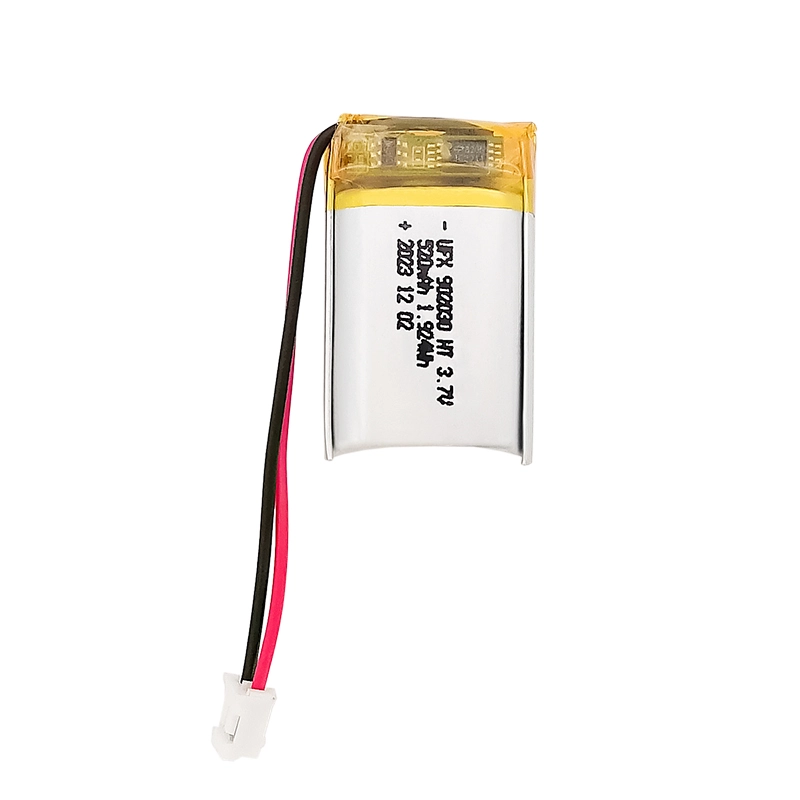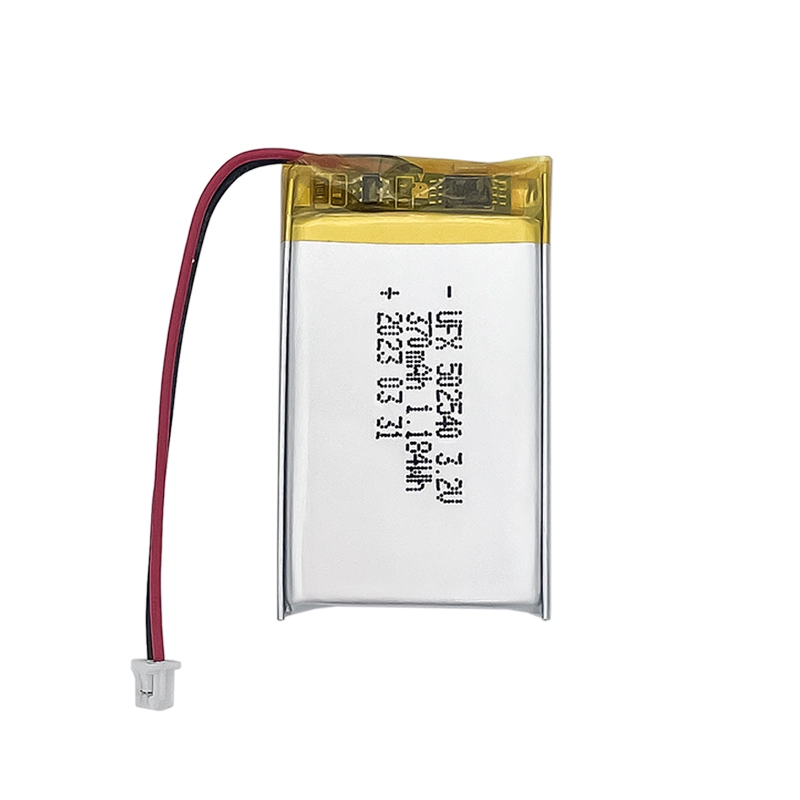
저온에서의 액션 카메라 배터리 성능 유지
저온 환경에서는 액션 카메라 배터리가 빠르게 전력을 잃고 렌즈에 김이 서리며 기계가 얼어버립니다. 이러한 문제를 어떻게 해결할 수 있을까요?
현재 가장 널리 사용되는 액션 카메라 배터리는 리튬 이온 배터리입니다. 리튬 이온 배터리는 높은 동작 전압, 작은 크기, 가벼움, 친환경, 메모리 효과 없음, 낮은 자가 방전, 긴 사이클 수명 등의 특징을 가지고 있습니다. 이들은 이상적인 전원 공급 장치이며, 카메라의 소형화 요구를 충족시킵니다.
우리가 사용하는 카메라 배터리는 일반적으로 충전식 리튬 이온 배터리입니다. 이 배터리 내부는 양극, 음극 및 그 사이에 용해된 전해질로 구성됩니다. 배터리가 방전되면 음극에서 리튬 이온이 침전되고, 유전체를 통해 양극으로 이동합니다. 이때 양극은 리튬이 풍부하고 음극은 리튬이 부족한 상태가 됩니다. 리튬 이온이 이동하면서 생성된 전자가 전류를 형성합니다.
온도가 낮아지면 이온의 활동이 느려지고 전력 방출이 감소하며 배터리의 방전 용량도 줄어듭니다. 따라서 저온 조건에서는 배터리 수명이 짧아질 수 있습니다. 다시 실내로 돌아오면 온도가 상승하면서 이온 활동이 회복되어 전력이 서서히 회복됩니다.
저온이 액션 카메라에 미치는 영향
1. 배터리 소모 증가
일반적으로 사용되는 리튬 배터리는 낮은 온도에서 방전 성능이 약해지고 전력 소모가 빨라집니다. 영하 40도와 같은 매우 낮은 온도에서는 작동이 완전히 중단될 수 있습니다.
2. 2. 열팽창과 수축
유리 렌즈, 금속체 및 플라스틱 스크린의 확장 계수가 다르기 때문에 LCD 스크린이 얼거나 갈라지거나 확대 또는 초점을 맞추는 데 문제가 생길 수 있습니다.
3. 기계적 고장
카메라와 렌즈 내부의 기계적 구조물에 사용되는 윤활 오일이 동결되어 카메라가 제대로 작동하지 않을 수 있습니다.
4. 수증기 응결
따뜻한 실내에서 차가운 야외로 이동할 때 갑작스러운 온도 변화로 인해 카메라와 렌즈 내부에 수증기가 응결되거나 얼어버려 카메라가 손상될 수 있습니다.
저온 환경에서 액션 카메라를 보호하는 방법
만약 액션 카메라를 북극, 남극, 고위도 대륙, 서아시아, 캐나다 등과 같은 매우 추운 지역으로 가져간다면, 영하 40도 이하의 낮은 온도에 직면하게 될 것입니다. 이러한 도전에 대비해 카메라를 보호하려면 어떻게 해야 할까요?
1. 배터리 소모 증가
여분의 액션 카메라 배터리를 몸 가까이에 두고, 배터리 칸을 보호하기 위해 카메라 손잡이에 단열재를 감싸세요.
2. 렌즈 김서림 방지
따뜻한 곳과 추운 곳을 오갈 때는 주의하고, 밀폐된 봉지를 사용하세요.
3. LCD 화면 및 셔터 케이블 문제
영하 40도 이하의 환경에서는 LCD 화면이 작동하지 않지만, 카메라는 여전히 작동할 수 있습니다. 셔터 케이블이 얼어 단단해질 수 있으므로 취급할 때 주의하세요.
4. 기계 부품 동결
극한의 온도에서는 약간의 수분도 얼 수 있습니다. 사람의 숨결이 수증기의 주요 원인일 수 있습니다. 카메라에 가까이 있을 때, 수증기가 삼각대 머리나 카메라의 기계적 부품을 얼리게 할 수 있습니다. 이 경우 카메라를 따뜻하게 유지하기 위해 보호 덮개를 사용하세요.
높은 에너지 밀도
더 작고 가벼운 패키지에 대량의 에너지를 저장하고 있습니다.
더 긴 사이클 수명
장시간으로 충방전 사이클을 돌릴 수 있습니다.
낮은 자가 방전
사용하지 않을 때 전력 손실이 적습니다.
안전
사고 위험을 최소화하고 안전 운행을 보장합니다.
더 많은 액션 카메라 배터리 관련 정보
-
액션 카메라가 꼭 필요할까요?
-
액션 카메라용 배터리는 무엇일까요?
-
액션 카메라는 얼마나 오래 녹화할 수 있을까요?
-
액션 카메라의 단점은 무엇일까요?
-
액션 카메라는 저온에서도 사용할 수 있을까요?
최신 블로그
리튬 배터리 산업 뉴스에 관한
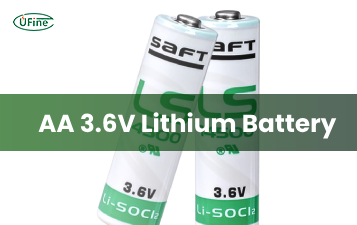
What You Need to Know About AA 3.6V Lithium Battery
Learn all about AA 3.6V lithium batteries—voltage, size, capacity, uses, and the best replacements. Discover why they’re powerful, and highly reliable.
2025/04/15 Ufine
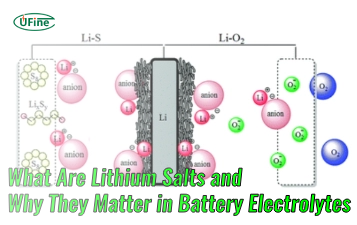
What Are Lithium Salts and Why They Matter in Battery Electrolytes
Lithium salts in electrolytes are key to battery performance, powering everything from phones to EVs and shaping the future of clean energy.
2025/04/15 Ufine
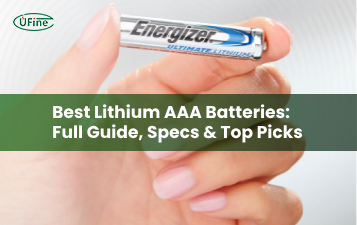
Lithium AAA Battery Guide: Power, Performance & Chargers
Explore lithium AAA batteries—voltage, capacity, weight, top brands, and more. Learn how to choose the best battery for your device and why it really matters.
2025/04/15 Ufine
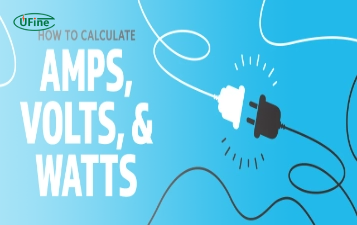
How to Calculate Watts, Volts, and Amps (With Simple Formulas and Examples)
Learn how to calculate watts, volts, and amps for lithium batteries with simple formulas and examples, ideal for EVs, solar, and energy systems.
2025/04/15 Ufine

Comprehensive Analysis of U.S. Tariffs on Chinese Lithium Batteries
U.S. tariffs on Chinese lithium batteries in 2025 impact costs, supply chains, and EV, energy storage, and electronics industries globally.
2025/04/15 Ufine
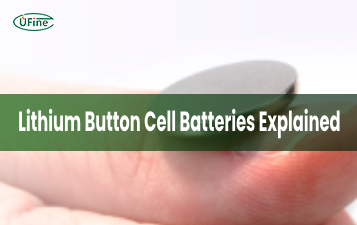
What Are Lithium Button Batteries?
Learn about lithium button batteries (CR2032, CR2025), their uses, safety tips, and how to replace them properly.
2025/04/15 Ufine

